Old World Swallowtail (Papilio machaon)
The Old World Swallowtail, scientifically known as Papilio machaon, is a striking and widely distributed butterfly found across Europe, Asia, and parts of North America. Here are some key features and characteristics of the Old World Swallowtail:
- Appearance:
- Size: It is a large butterfly with a wingspan ranging from 65 to 90 millimeters (2.5 to 3.5 inches).
- Color: The upper wings are yellow with bold black markings. Each forewing has a series of black bands and the hindwings feature distinctive “tails” with a central black spot.
- Markings: The hindwings also have blue and red spots near the tails, adding to their distinctive appearance.
- Habitat:
- The Old World Swallowtail inhabits a variety of environments including meadows, fields, grasslands, hillsides, and gardens.
- They are often found in open, sunny areas where their larval host plants grow.
- Distribution:
- This butterfly is widely distributed across Europe, Asia, and parts of North America.
- It is known from temperate to Arctic regions, including high altitudes in mountainous areas.
- Lifecycle:
- Eggs: The female lays spherical, pale green eggs on the leaves of host plants.
- Larvae: The caterpillars are initially black with a white saddle and eventually become green with black and orange spots. They have a distinctive osmeterium, a defensive organ that emits a foul smell when threatened.
- Pupae: The chrysalis can be green or brown, providing camouflage depending on the surroundings. Pupation occurs on stems or leaves of the host plant.
- Adults: The adult butterflies typically emerge in spring and early summer, and there can be two or more generations per year depending on the climate.
- Feeding:
- Larvae: The caterpillars feed on a variety of plants in the carrot family (Apiaceae), such as fennel (Foeniculum vulgare), parsley (Petroselinum crispum), and Queen Anne’s lace (Daucus carota).
- Adults: Adult butterflies feed on nectar from a wide range of flowers including thistles (Cirsium), clovers (Trifolium), and knapweeds (Centaurea).
- Behavior:
- Old World Swallowtails are strong fliers and are often seen gliding gracefully over their habitats.
- They engage in “hilltopping” behavior, where males fly to hilltops or other high points to find mates.
- Conservation Status:
- The Old World Swallowtail is not considered at risk and is classified as Least Concern by the IUCN.
- However, local populations can be affected by habitat loss and the use of pesticides.
- Cultural Significance:
- The Old World Swallowtail has been admired for its beauty and is often featured in art, literature, and postage stamps.
- In some cultures, it is considered a symbol of transformation and renewal due to its life cycle from caterpillar to butterfly.
- Interesting Facts:
- The swallowtail’s “tails” on the hindwings are thought to distract predators, such as birds, making them more likely to attack the less vital parts of the butterfly.
- The caterpillars’ osmeterium not only emits a foul smell but also can be protruded to startle predators, adding an extra layer of defense.
In summary, the Old World Swallowtail (Papilio machaon) is a large, colorful butterfly known for its distinctive wing patterns and widespread distribution. It thrives in various habitats and feeds on a diverse range of host plants. Its life cycle, strong flying ability, and fascinating behaviors, such as hilltopping, make it a remarkable and admired species in the butterfly world.
Visited 57 times, 3 visit(s) today
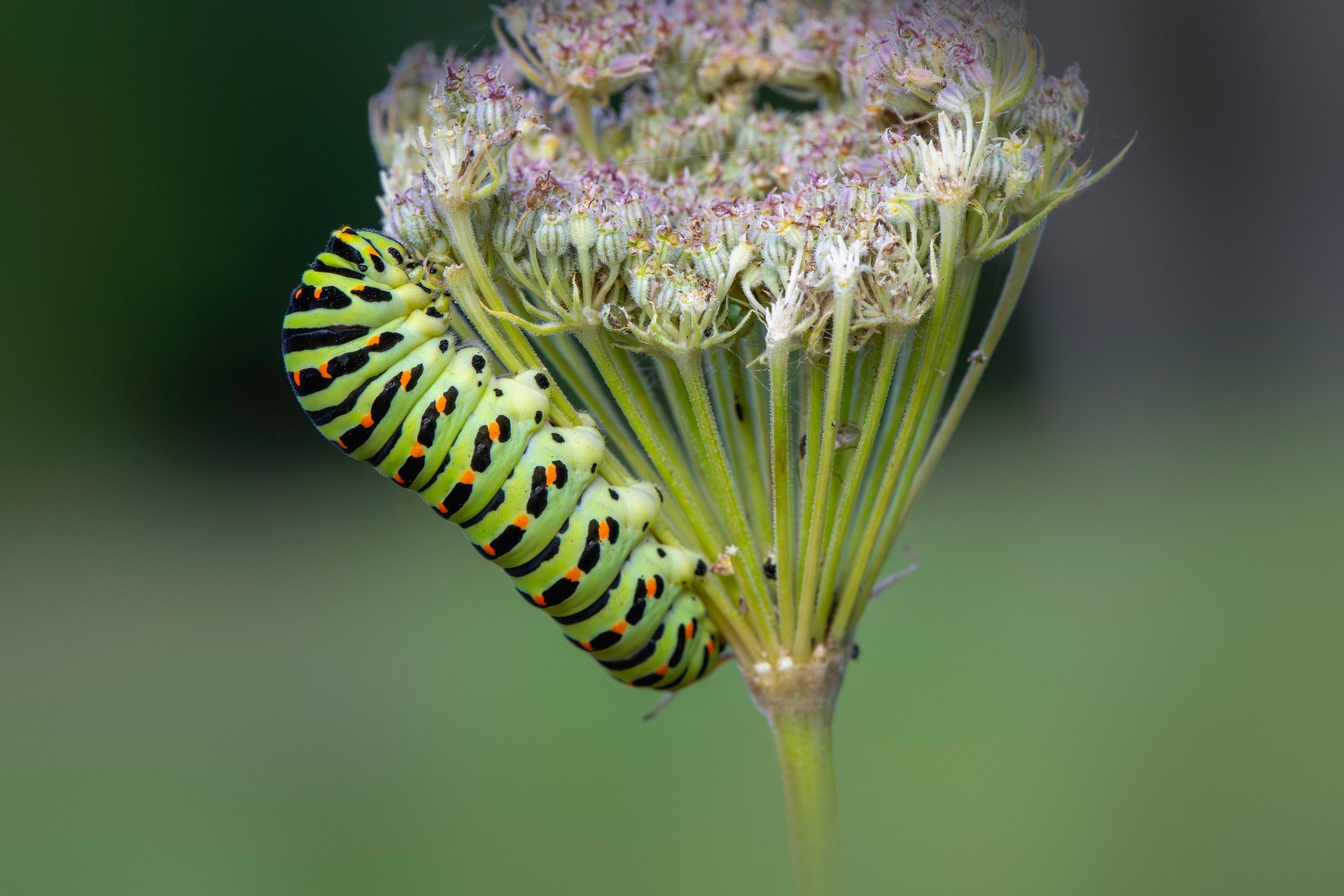
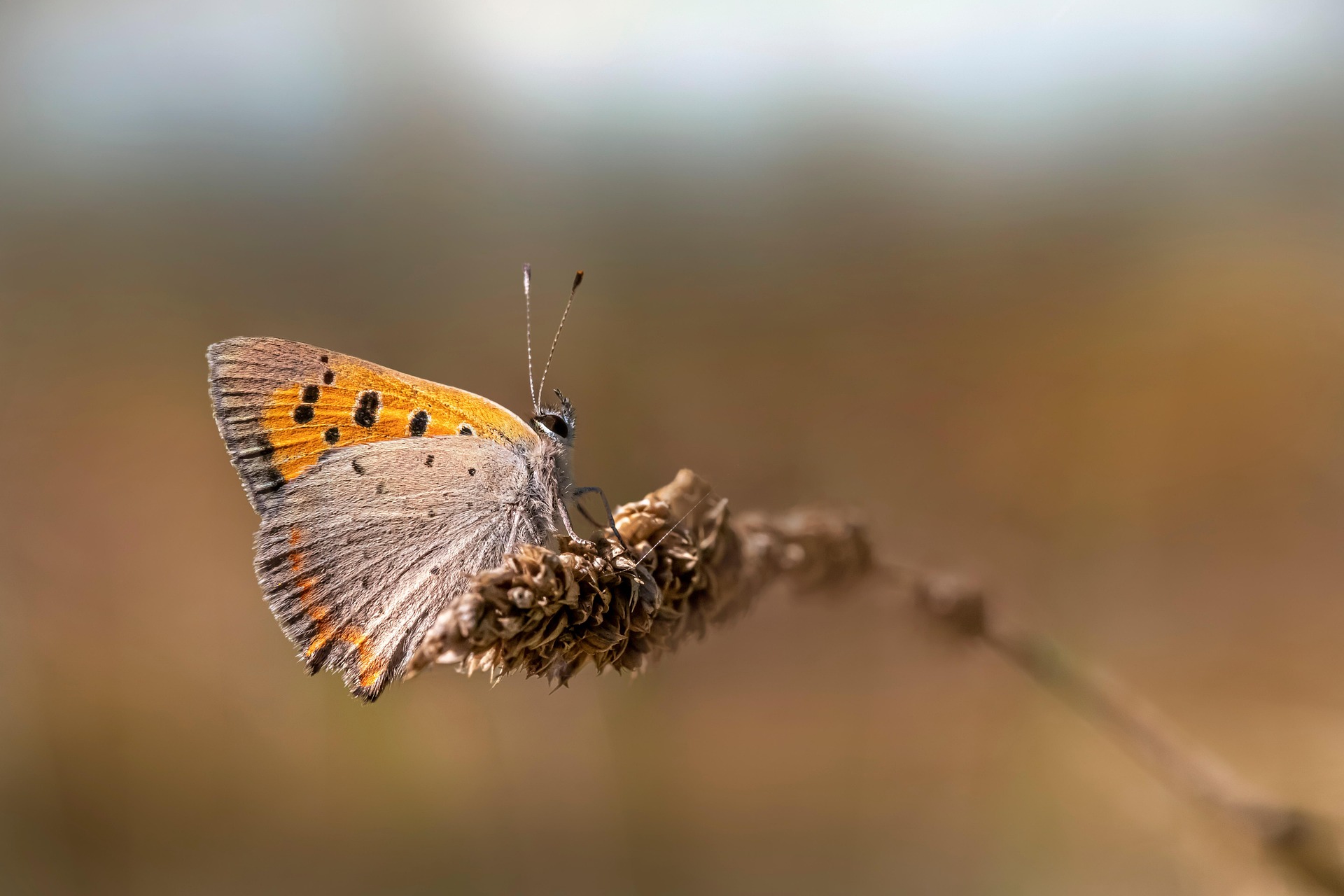
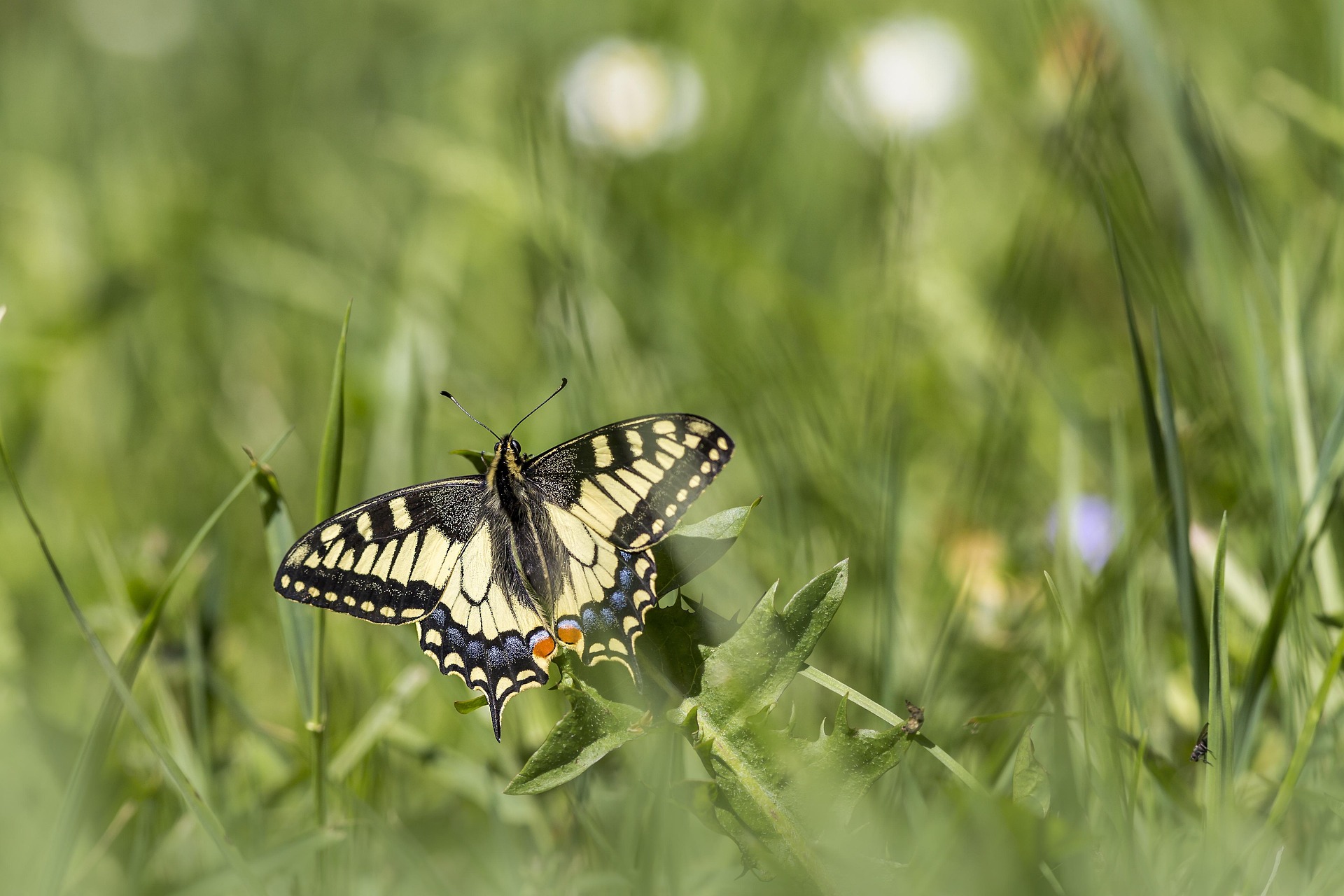
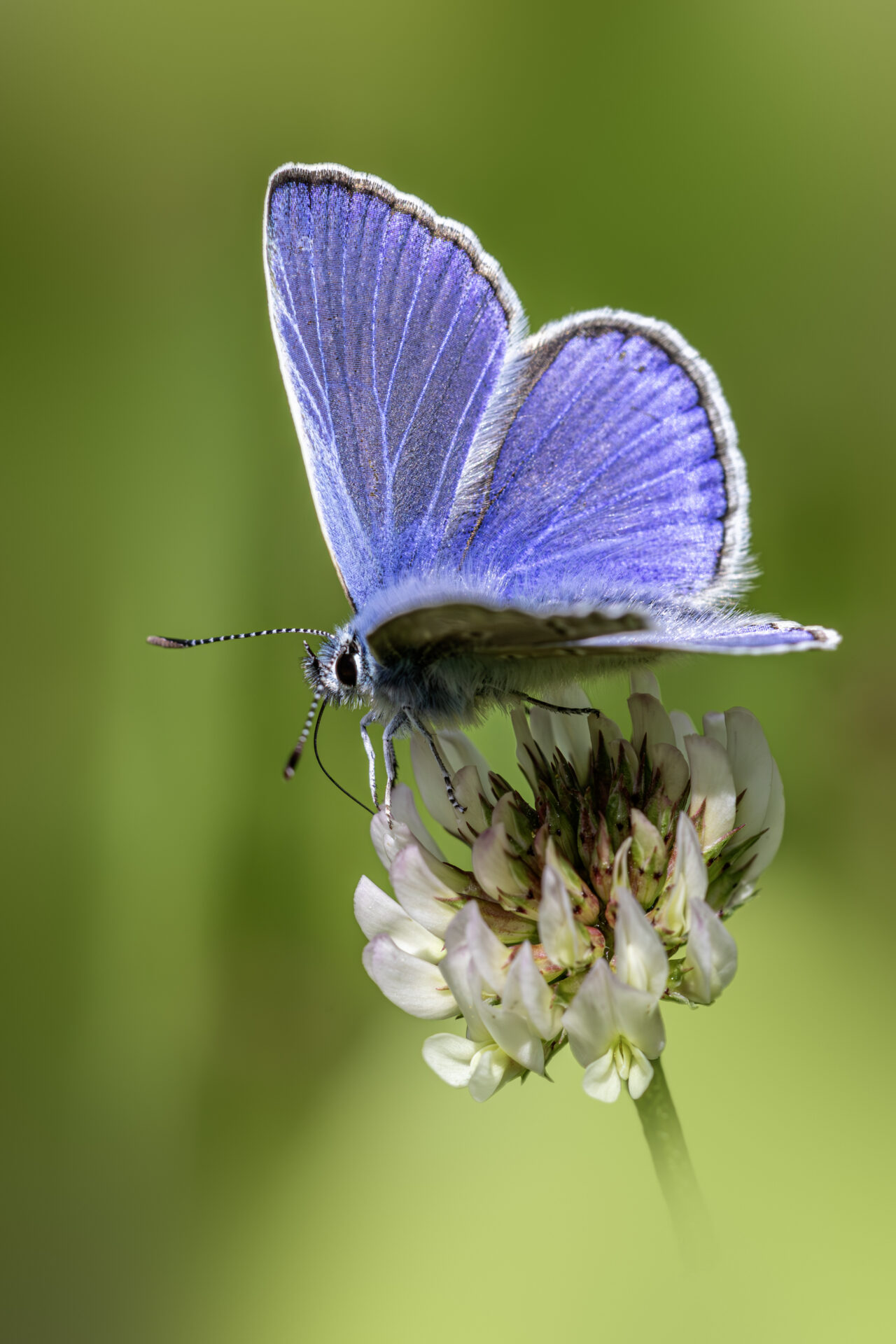
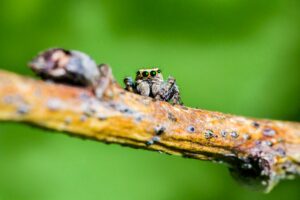
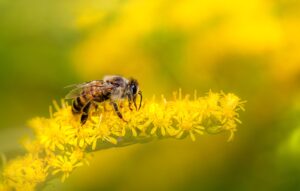
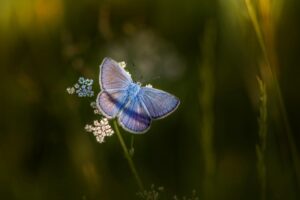
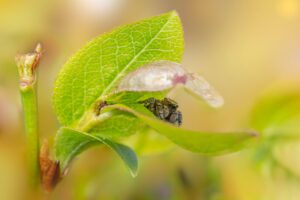
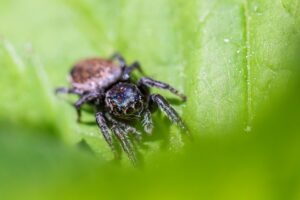
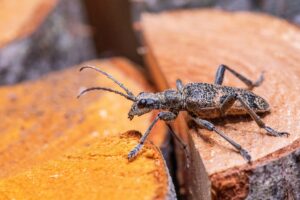
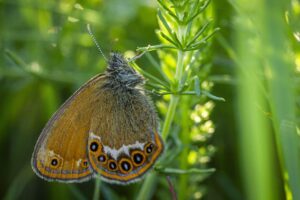
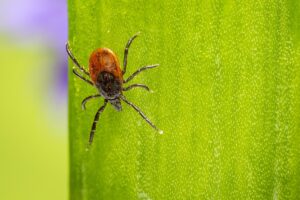
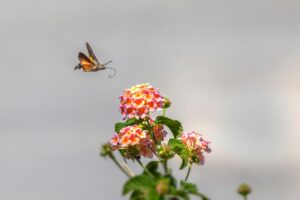

Post Comment